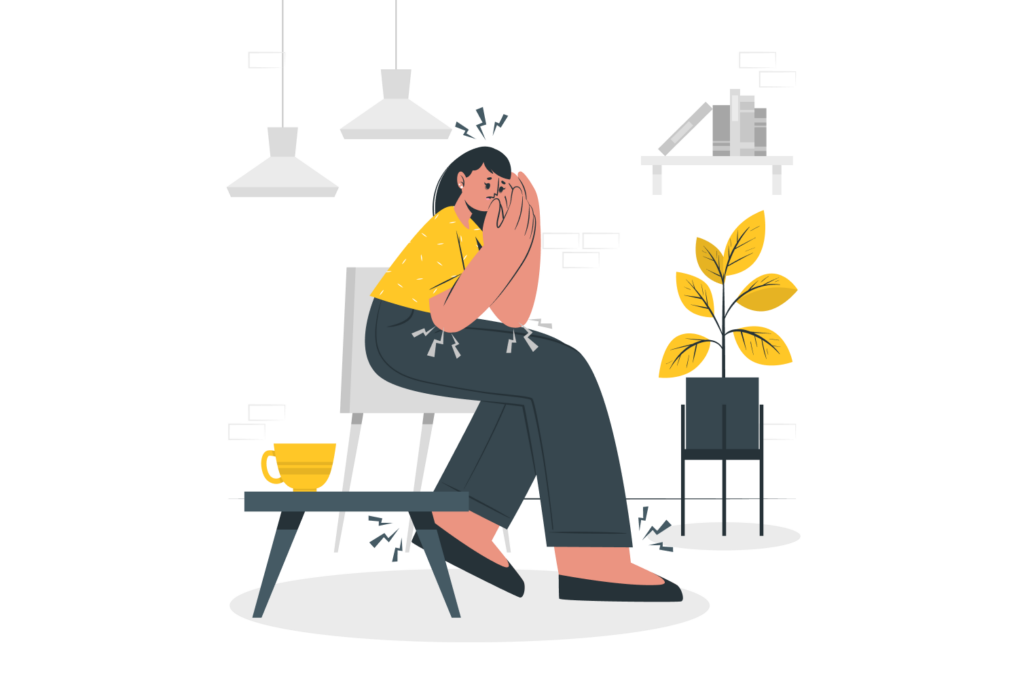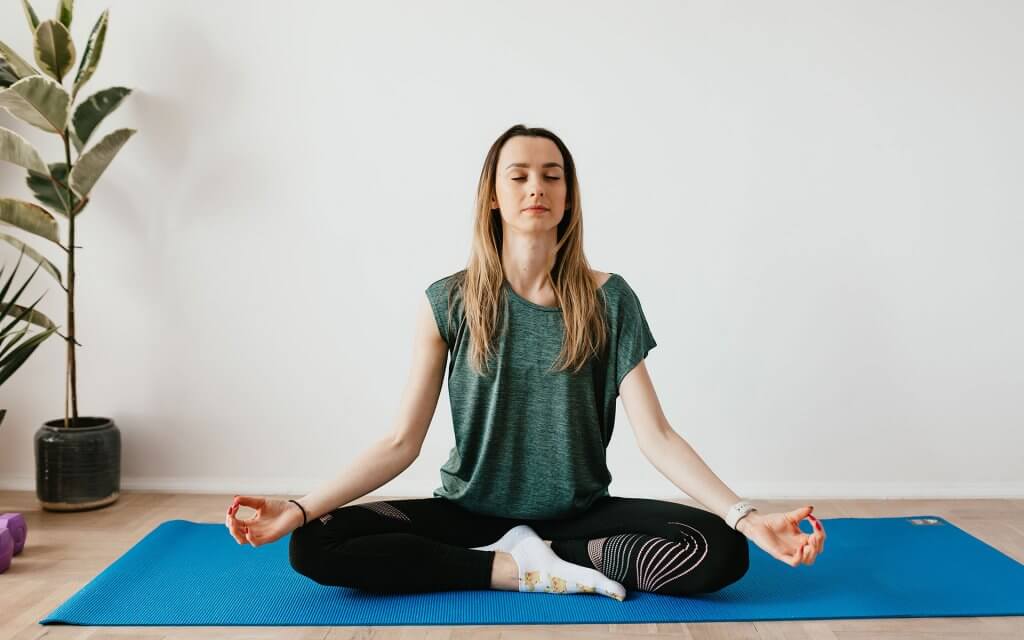About Juvenile Arthritis
Juvenile Arthritis is the most common form of inflammatory arthritis in young people. The full name is Juvenile Idiopathic Arthritis (JIA) and there are seven different types of JIA.
JIA can affect any joint in a child or young person’s body. Most commonly the large joints of knees, ankles, wrists, and hips are affected along with the smaller joints in the hands and feet. Some young people will develop inflammation in their eyes called uveitis and young people with JIA need to get regular eye checks to screen for this.
JIA is an auto-immune disease, which means that your body sees your own healthy tissue as something foreign and potentially a threat or danger. The immune system then targets the lining of the joints, causing inflammation associated with joint pain and swelling, with the potential for joint and bone damage.
Because JIA is a systemic disease, it can also affect other body systems, such as your eyes and in one of the types of JIA (Systemic Onset JIA) other body systems may be affected and fever and rash are common.
The cause of JIA is unknown, however, there are contributory risk factors, including genetic factors such as a family history of autoimmune disease, and environmental factors.
Early diagnosis and appropriate treatment can relieve symptoms, prevent or delay joint damage and ensure that people with JIA can continue to live an active life.



